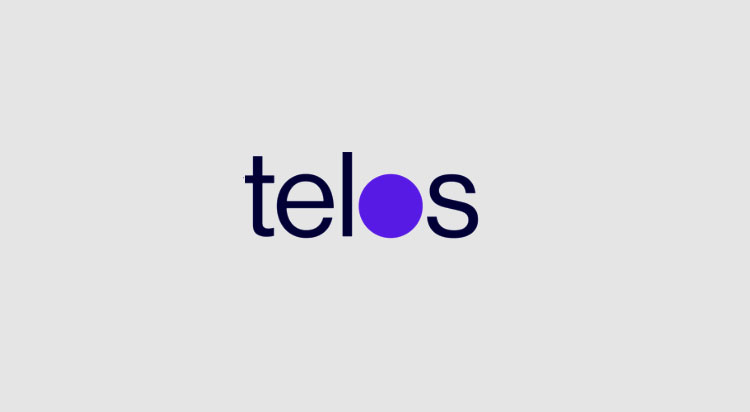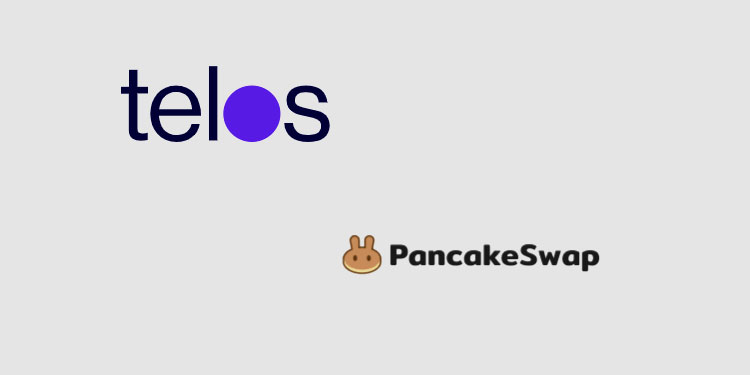Telos, a blockchain network based on the EOSIO software ecosystem, today announced the launch of Telos EVM, the first deployment of an Ethereum Virtual Machine on an EOSIO blockchain. With the launch of Telos EVM now in testnet, developers can now use Solidity to run smart contracts on a platform that is more than 700 times faster than Ethereum with no network fees or gas.
As Ethereum’s most popular programming language, several hundred thousand developers globally use Solidity for smart contracts. The Telos network currently supports 10,000 transactions per second (TPS) with zero transaction fees, compared to Ethereum’s 14 TPS with fees.
“With Telos EVM, people can finally build and deploy decentralized applications the way they were meant to be, with high speeds, no middlemen, and no limit on users,” said Suvi Rinkinen, CEO of the Telos Foundation. “Importantly, developers don’t have to use a new codebase to take advantage of Telos EVM. They can use Solidity to easily deploy Telos EVM smart contracts.”
Syed Jafri, winner of the EOSIO Smart Contracts Challenge Winner to create the Ethereum Virtual Machine adds, “Eosio.evm enables a future where Ethereum developers can immediately run their Solidity code 100 times faster with no modifications required.”
In addition to speed, capacity, and zero transaction fees, Telos has many advantages over other platforms that make it the most advanced blockchain software for smart contracts and decentralized applications. With Telos EVM, developers benefit from the fastest blockchain software on EOSIO. Telos is the only major EOSIO-based network that did not conduct an Initial Coin Offering (ICO), making it one of the most decentralized blockchain platforms in the world. Telos’ governance structure gives developers and community members control of the platform, rather than a centralized entity or small groups, and these governance functions are made available to any Telos developers to use in their own DApps via the Telos Decide governance engine. Telos EVM is compatible with all Web3-compatible wallets, including Metamask and Brave.
“Blockchain technology is reaching a new level where it’s more economical and efficient to run legacy DApps on faster chains emulating older structures. Running any Ethereum-based smart contract on Telos EVM simultaneously speeds performance, eliminates transaction costs, and increases the computing capacity and rate of new transactions to half a second,” said Douglas Horn, Telos chief architect and whitepaper author. “This also means moving DApps from high energy-using Proof of Work platforms to more ecologically defensible DPoS platform using a tiny fraction of the electricity. Once developers grasp the power of this, they’ll have a hard time justifying remaining on the legacy chains like Ethereum. This is a new macro trend you’ll see more of as high capacity chains like Telos offer emulation for additional legacy blockchains.”
Telos has seen an impressive trend of projects moving to its platform to optimize performance and scalability. Social impact startup All_EBT recently tapped Telos to bring its virtual food stamps to the blockchain. Interoperability platform Transledger uses the Telos blockchain to power fast and secure cross-chain transactions. Newlife, a platform for artists, fashion designers, and celebrities to test new ideas, will use the Telos blockchain for rewards, governance, and voting. Murmur, the privacy-focused social media DApp, is moving from EOS to Telos to improve resource efficiency and network costs
Telos EVM is currently deployed on the Telos Testnet. Developers are invited to deploy Solidity smart contracts during their current open testing period. Once developers have had sufficient opportunities to test it, the Telos EVM will be deployed to the Telos Mainnet with a goal of July 2020.






















